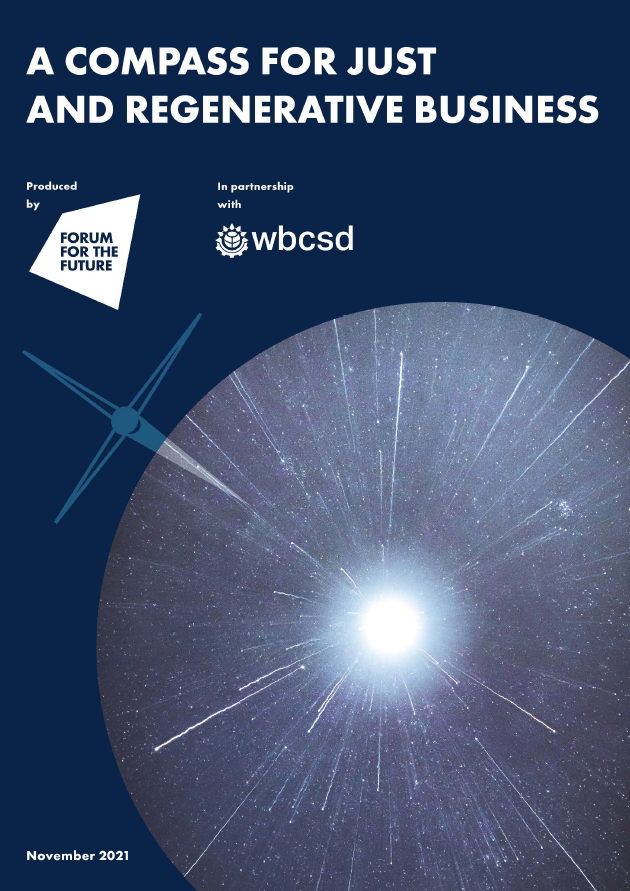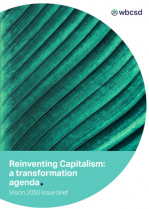COVID-19 demonstrated how major disruptions can cause domino effects through interconnected systems. Around the world, we realized that our societies were nowhere near as resilient as we believed – or needed them to be. With political, cultural, environmental and economic volatility all set to remain high over the next decade, it’s safe to assume that there are more disruptions in store, and resilience is something we are going to need more of – in our supply chains, our workforces, our health systems, our economies and the ecosystems we rely on. Companies must recognize that true resilience isn’t about withstanding change, but embracing it, and that they are only as resilient as the systems they are a part of. Incorporating a resilience mindset into strategic planning will provide companies with the impetus and confidence to drive the kinds of transformations that Vision 2050 demands.
RESILIENT COMPANIES EXHIBIT
FOUR KEY CHARACTERISTICS
DIVERSITY:
The variety among the components of a system as well as having multiple options for achieving a particular goal. The characteristic includes redundancy, or having slack in a system. It encompasses diversity in a people sense, too – for example in skills, opinions, and backgrounds.
MODULARITY:
The ability to separate and recombine a business system’s components. A major benefit of modularity is that it enables flexibility and a variety of operation and response modes. Both the connectivity and openness of a system are key to achieving modularity.
COHESION:
The way in which a resilient system is likely to be founded on social togetherness and trust. Cohesive organizations are inclusive, have strong leadership, and a vision of value for the full range of stakeholders, especially the most vulnerable.
ADAPTABILITY:
The ability to respond to changing conditions to make a business enduring. Adaptability is rooted in planning for multiple inherently uncertain scenarios, and draws on Diversity, Modularity and Cohesion to change or transform in response to system conditions. It is dependent on feedback loops as well as learning from past experiences.
We explore this mindset shift in more detail in our Vision 2050 issue brief:
HOW CAN COMPANIES LEVERAGE RESILIENCE TO DRIVE TRANSFORMATION
Lead with purpose and values, offering employees clear and inspirational direction during times of turbulence, reacting to volatility with agilility and decisiveness.
Put people first, from the C-suite to the contractor.
Engage stakeholders in strong, mutually dependent, and beneficial relationships.
Re-examine supply chains to strike the right balance between efficiency and resilience, and revisit their responsibility for social and environmental impacts.
Embed long-term thinking and risk management into strategic planning.
Accelerate the transition to sustainable business models and systems. Companies that work proactively are most likely to survive the profound changes that are coming – and thrive.
OTHER MINDSET SHIFTS
RELEVANT DOWNLOADS
To explore this mindset shift in more detail, download
our Vision 2050 issue brief, or explore the key sections of
our Vision 2050 report.





